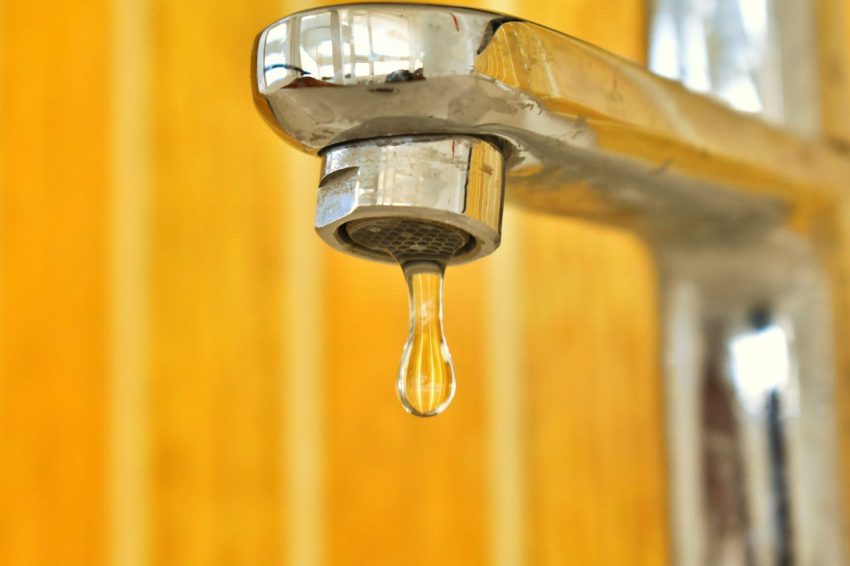Water leaks can cause significant damage to your home if not addressed promptly. Whether it’s a burst pipe, a leaking roof, or an issue with an appliance, acting quickly and understanding what steps to take can save you money and prevent further complications. If you live in Reigate, professional leak detection Reigate services can help you identify and resolve hidden leaks before they escalate. This guide will walk you through recognising, responding to, and preventing water leaks in your home.
Immediate Actions to Take When a Leak is Discovered
The moment you discover water escaping from an unexpected place, prioritising swift action will minimise damage. First, turn off your main water supply to stop the flow of water. Every home should have a clearly labelled shut-off valve, and it’s worth familiarising yourself with its location. Once the water is off, focus on containing the leak. Use buckets, towels, or any materials you have available to catch and absorb the water.
Next, clear the affected area by moving valuable items such as electronics, important documents, or furniture away from the water. Preventing further harm to your belongings is just as critical as fixing the leak itself. Simultaneously, call a professional plumber or repair service. Acting quickly to get expert help ensures long-term fixes can be implemented without delay. Remember to document the damage with photos or videos. These records are essential if you need to file an insurance claim, helping you prove the extent of the impact.
Types of Common Household Leaks
Pipe Leaks
Pipe leaks are one of the most frequent types. They can stem from corroded pipes, poor connections, or excessive water pressure. These leaks often present themselves as water stains on walls or ceilings, damp floors, or visible pooling under sinks. Addressing these quickly is essential, especially since unresolved pipe leaks can lead to mould growth or structural issues.
Roof Leaks
Roof leaks are commonly caused by clogged gutters, damaged shingles, or ageing roofing materials. Look out for water spots on your ceiling, peeling paint, or drips during rain. These types of leaks not only risk interior damage but can also compromise the integrity of your roof if left untreated.
Appliance Leaks
Appliances, particularly washing machines, dishwashers, and refrigerators, are another common source of household leaks. Hoses, seals, or connectors are frequently to blame. Signs like pooling water under appliances or dampness on nearby walls should not be ignored.
Preventative Measures to Avoid Leaks
Prevention is always better than cure, especially when avoiding water-related damage. Regular inspections of your plumbing and appliances can help you detect early warning signs. Look for worn-out hoses, corrosion, or small drips around fittings. Seasonal changes can also lead to issues. During colder months, insulate your pipes to prevent freezing and potential bursts, which are common in lower temperatures.
Roof maintenance is equally crucial. Clean your gutters and downspouts regularly to prevent water build-up. Standing water can seep through weak points in your roof, leading to leaks inside your home. Water pressure should also be managed carefully. Excessive pressure can strain pipes and connections, resulting in avoidable leaks.
You can also take advantage of modern technology to keep your home safe from water damage. Installing water leak detectors strategically around your home provides an early warning system. These devices can quickly alert you to the presence of water where it shouldn’t be, allowing you to act before the issue escalates.
Why Act Quickly Matters
Ignoring a water leak, no matter how small, can lead to significant long-term consequences. Structural damage, mould growth, and skyrocketing repair costs can all result from delayed action. Promptly addressing leaks is not just a matter of convenience but a necessity for protecting your home and its value.
By following these steps and preventative tips, you can handle leaks effectively and reduce the likelihood of future occurrences. Whether it’s a burst pipe, a leaking roof, or an appliance issue, being prepared is the key to safeguarding your home.
